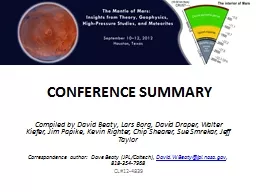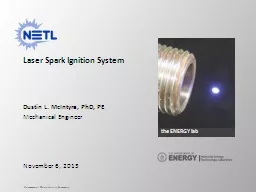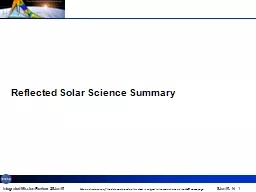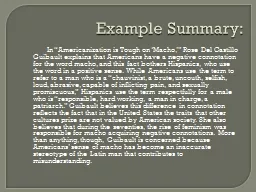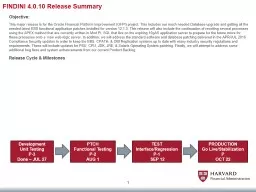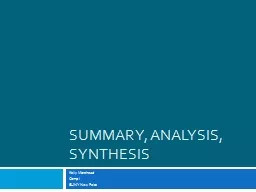PPT-CONFERENCE SUMMARY
Author : luanne-stotts | Published Date : 2016-12-12
Compiled by David Beaty Lars Borg David Draper Walter Kiefer Jim Papike Kevin Righter Chip Shearer Sue Smrekar Jeff Taylor Correspondence author Dave Beaty JPLCaltech
Presentation Embed Code
Download Presentation
Download Presentation The PPT/PDF document "CONFERENCE SUMMARY" is the property of its rightful owner. Permission is granted to download and print the materials on this website for personal, non-commercial use only, and to display it on your personal computer provided you do not modify the materials and that you retain all copyright notices contained in the materials. By downloading content from our website, you accept the terms of this agreement.
CONFERENCE SUMMARY: Transcript
Download Rules Of Document
"CONFERENCE SUMMARY"The content belongs to its owner. You may download and print it for personal use, without modification, and keep all copyright notices. By downloading, you agree to these terms.
Related Documents

